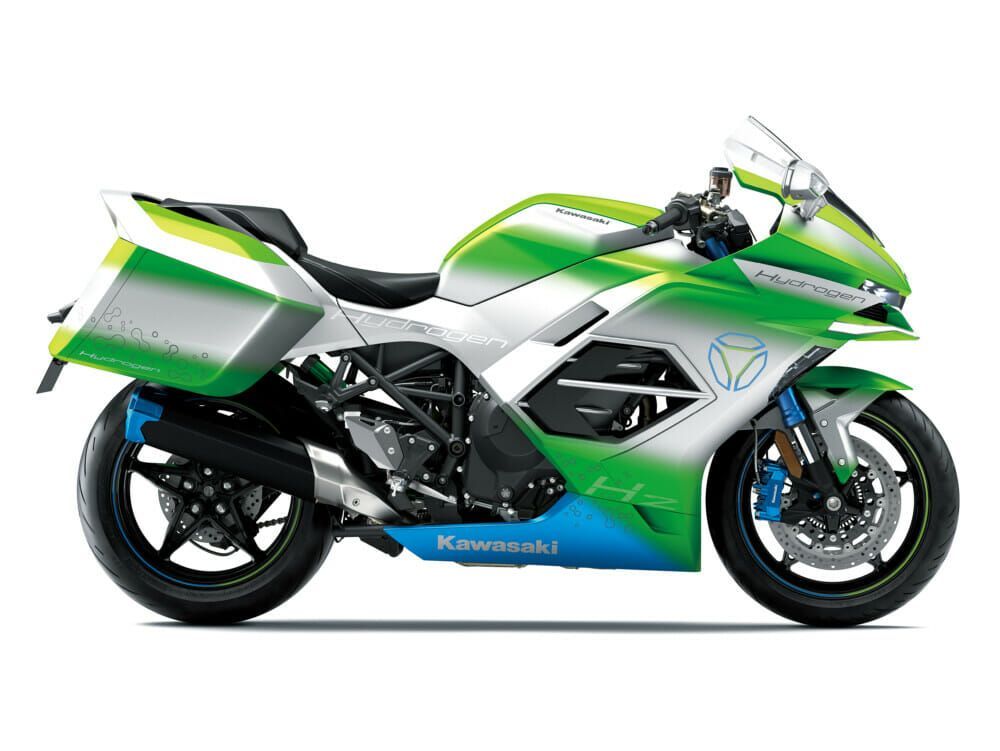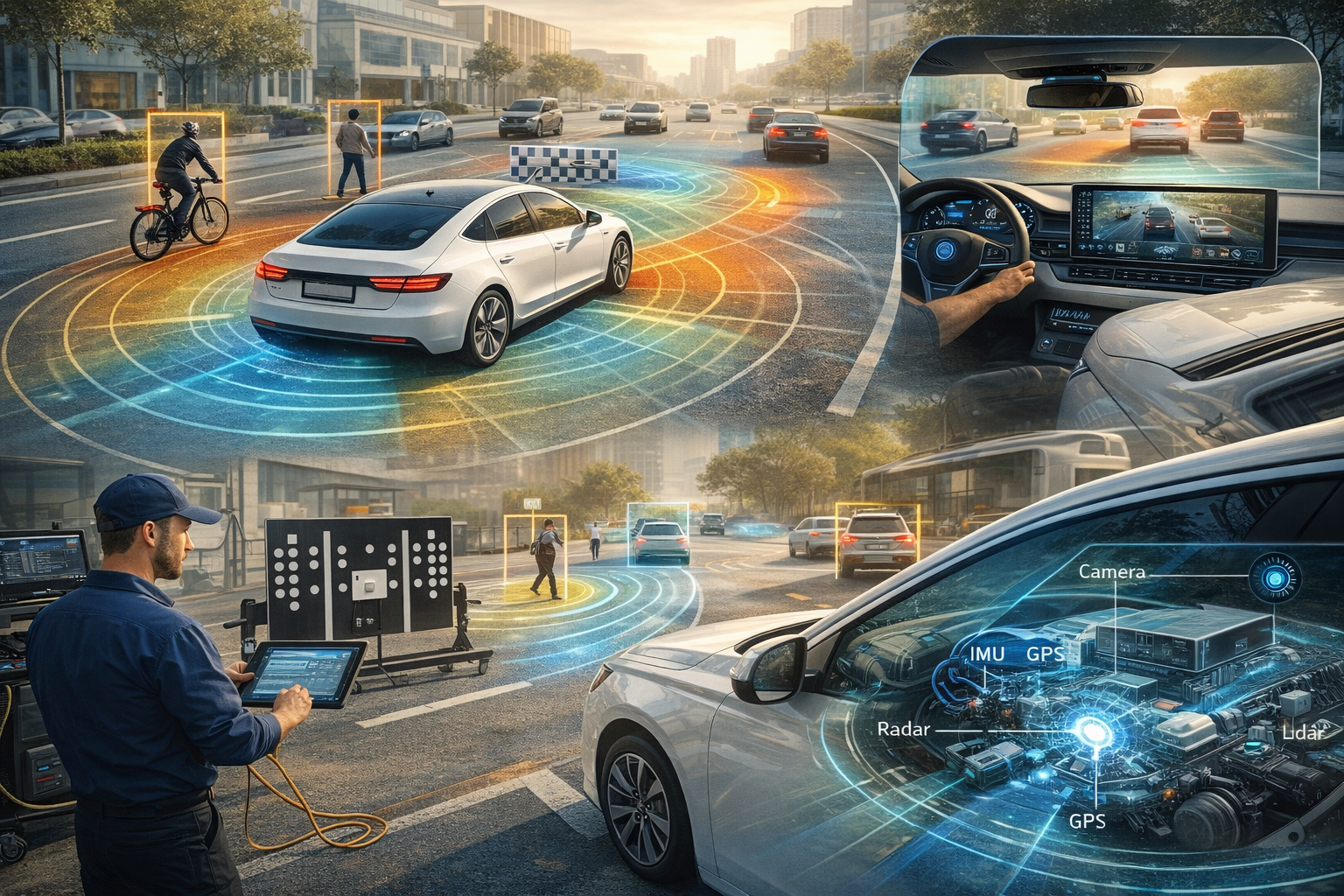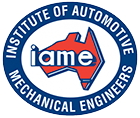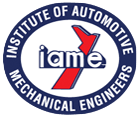Exclusive Insights from IAME CEO on the Future of Motorcycle Propulsion

In the fast-paced world of automotive engineering, motorcycle manufacturers find themselves at a crossroads, grappling with the inevitable decline of fossil-fueled internal combustion engines. The pressure to establish a conclusive end date for their production looms on a global scale, yet the quest for a viable alternative remains elusive.
Speaking on behalf of the Institute of Automotive Engineers (IAME), our CEO sheds light on the current conundrum faced by motorcycle manufacturers worldwide. The paradigm shift towards electric vehicles (EVs) presents a compelling option, boasting proven technology and a rapidly expanding charging infrastructure. However, when it comes to two-wheeled transport, the challenges of matching the trifecta of weight, convenience, and practicality of traditional combustion engines persist. The current battery technologies fail to deliver the energy density necessary to rival internal combustion engines in terms of range and performance for motorcycles.
On the horizon, there is another contender: hydrogen power. This alternative holds promise, with potential benefits offset by its own set of challenges. Hydrogen, touted as a potentially more efficient energy carrier than electricity, offers quicker refuelling times and the advantage of utilizing ambient oxygen for combustion. Kawasaki, a key player in Japan's HySE (Hydrogen Small Mobility and Engine) coalition, is spearheading efforts alongside Honda, Suzuki, and Yamaha to explore hydrogen internal combustion engines for small vehicles.
Under the HySE partnership, Kawasaki Motors and Yamaha Motor are taking charge of developing prototype hydrogen engines, along with refuelling systems, supply networks, and hydrogen tanks. Meanwhile, Honda and Suzuki are directing their efforts towards research and development. Kawasaki Heavy Industry, the parent company of Kawasaki Motors, and Toyota are also integral partners in this ambitious initiative.
Kawasaki's focus lies in leveraging its supercharged four-cylinder engine, familiar from the H2 range of bikes, for the hydrogen combustion engine prototype. Forced induction through supercharging is deemed essential to match the performance of traditional gasoline engines when using hydrogen. The unique approach involves compressing air before introducing it to the combustion chamber, coupled with high-pressure direct fuel injection for optimal hydrogen combustion.
The prototype from Kawasaki emphasizes that hydrogen, while offering a cleaner combustion engine solution, presents challenges related to storage. The bike's design showcases large panniers at the back, not for luggage but as hydrogen fuel tanks. Despite hydrogen's higher energy density compared to gasoline by mass, its volumetric energy density is considerably lower. Kawasaki's solution involves swappable hydrogen cartridges, a concept supported by Toyota, addressing the challenges of high-pressure and low-temperature refuelling associated with hydrogen.
While the prototype hints at the potential of hydrogen-fuelled motorcycles, it's essential to note that challenges remain. The limited space for luggage and the absence of provisions for passengers in the prototype underscore the ongoing complexities in integrating hydrogen technology into motorcycles. The true test for Kawasaki's hydrogen-fuelled H2 engine awaits its participation in the Dakar Rally, offering a glimpse into the practical application of this cutting-edge technology. As the prototype undergoes further testing, the road to a production version may span several years, with uncertainties surrounding its eventual realization. The IAME remains vigilant, monitoring these groundbreaking developments in motorcycle propulsion.








